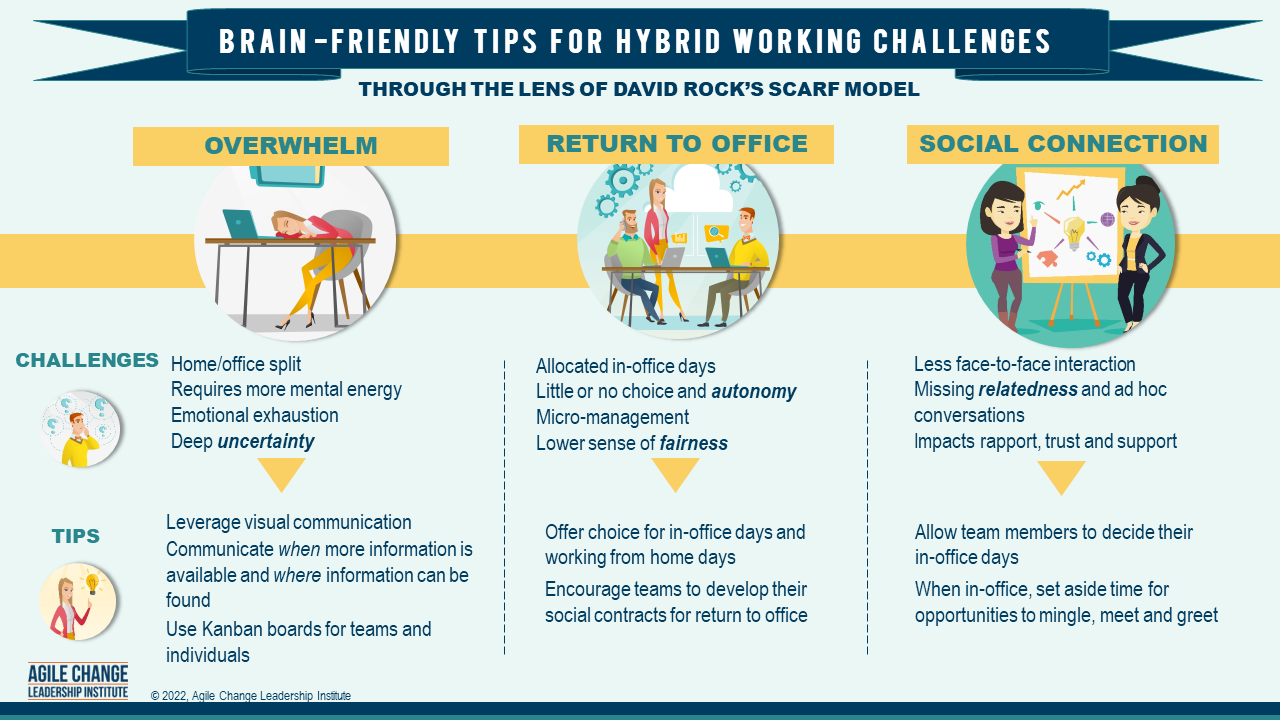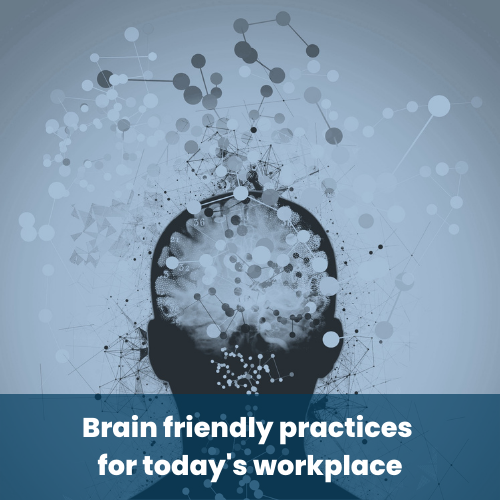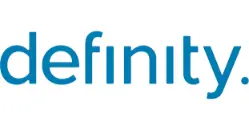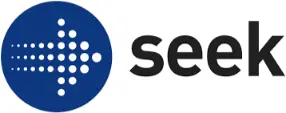It’s fair to say hybrid working has created some pretty stressed brains over the last couple of months. Over here at the Agile Change Leadership Institute, both Dr Jen Frahm and I have been writing about the neuroscience of change for over a decade. And…what we have observed in the last couple of years has been most interesting!
The onset of the pandemic imposed unplanned change and reshaped the way we work. In turn, this has shifted expectations in the employee experience. While it appears that we adapted quickly, we know the hard wiring in our human brains has not changed. Our brains, physiologically, are the same ones that evolved hundreds of thousands of years ago in our hunting and gathering days, so our responses remain primal.
This means that we respond to threat and reward triggers like we always have, but more recently with different challenges. We know the threat response affects our decision-making ability, rational thinking and motivation. Any form of threat, perceived or real, impacts employee and organisational productivity, morale and engagement.

Our brains and hybrid working
In this climate of continued certainty, it’s now more important than ever to understand how our brains experience change against the backdrop of hybrid working challenges such as:
- Cognitive load and overwhelm of workload
- Returning to the office and choice
- Loneliness
When we explore these challenges through the lens of David Rock’s SCARF model of threat and reward, we can uncover clues on brain-friendly change practices.
Here’s a quick overview of what SCARF stands for:
Status – our need for esteem and respect and our relative importance to others
Certainty – Our ability to predict what will happen next and making sense of the unfamiliar
Autonomy – Our sense of control over events and the opportunity to makes choices
Relatedness – Our sense of safety with others, are they friend or foe?
Fairness – Our perception of fair exchanges between people
Hybrid working brain challenge 1: Cognitive load and overwhelm
Australia’s HRM magazine recently featured an article titled ‘The Splitting Headache’ which explains how the split between work and home is cognitively draining as it requires more mental energy. Emotionally exhausted workers report that switching between the home and office environment is stressful.
When the cognitive load is heavy, the brain experiences ‘overwhelm’ and can trigger uncertainty. We know that our brains have a limited amount of ‘neural energy’. Stress and fatigue limit our ability for empathy and optimal productivity.
If this is evident in your workplace, look for ways to reduce overwhelm with visual communication. Use infographics, photographs, and icons as much as you can to convey key messages. With brain research, we do know that the human brain processes visual information 60,000 times faster than text and figures! To address uncertainty, ensure you communicate when further information will be available and where it can be found. A visual roadmap works wonders here! Don’t forget your kanban boards — they are terrific for helping you prioritise work in progress!
Hybrid working brain challenge 2: Return to the office and choice
Many organisations and managers are deciding which days of the week are ‘office days’. This reduces a sense of autonomy and can be perceived to be unfair. This can translate to feelings of being micro-managed, especially after lengthy periods of autonomous work in fully remote settings.
To help people regain a sense of autonomy, control and fairness, offer choice in ‘office days’ and ‘work from home’ days. Better yet, ask each team to create their own social contract which determines what’s fair to expect from each other.
Hybrid working brain challenge 3: Loneliness
Many workers report they feel lonely and isolated when working remotely for extended periods. For people who are energised by regular social contact, hybrid or remote are not preferred ways of working. A recent article in Sloan Review identified that isolation is a downside of remote working. Without face-to-face interaction, we miss the nuances of eye contact which is essential for building trust and relationships.
Collaborating with other people in an office environment means you can enjoy the social advantages of ad-hoc chats, impromptu meetings and catch ups over coffee. A 2021 survey of workers further suggested that it’s easier to gain support and collaborate when you work alongside your co-workers. Interestingly, support from colleagues more than managers helped overcome loneliness.
A sense of relatedness and social connection can be missed in online communication and collaboration as the nuances of eye contact and body language are often absent. To minimise this, team members can decide on which days to catch up face-to-face in the office to rebuild connection.
A question we are often asked is – if people crave face-to-face interaction, why are so many want to continue working from home? The interesting thing about the SCARF model is that the scale of the threat or reward trigger can vary a great deal among individuals. While one person is feeling a sense of deep loss of relatedness and human contact, another may be more affected by the perceived lack of autonomy or fairness about the lack of choice.
These are just a couple of examples of how to reduce our primal threat response to hybrid workplace challenges through the lens of the SCARF model. We cover more on brain-friendly change in our books and in our courses.
Dr Jen Frahm’s wise words from her blog post back in 2013 remain timely and relevant today:
“If you were to do nothing as else as a change manager or a change leader than design your interventions based on the SCARF model you would be in a pretty good position.”
References
Duetch, S. The Splitting Headache, HRM The magazine of the Australian HR Institute, May 2022, Issue 87, pp28-30
Further resources on the SCARF model for the curious readers
https://conversationsofchange.com.au/neuroscience-and-change-management-the-neu-black/
https://www.lenaross.com.au/single-post/2016/09/15/how-much-does-change-really-hurt
For white papers on more tips on the application of the SCARF MODEL go to
https://www.lenaross.com.au/resources


































